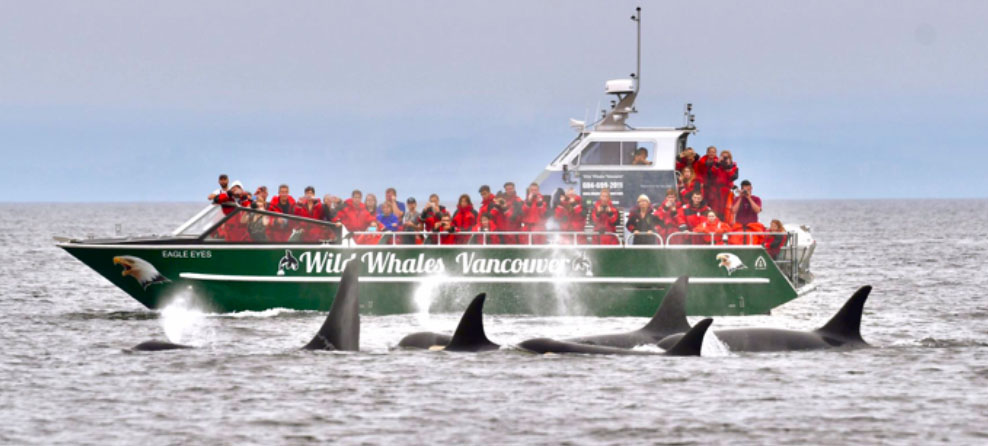Foil Assist Catamarans (FAC) is a development, design and manufacturing collaboration between Foil Assisted Ship Technologies (FASTcc), Jutson Marine Design and ACI Boats. It will be launched at the 2017 International WorkBoat Show in New Orleans.
Foil Assist Cats is the result of four decades of research in hydrofoil assistance by Professor Dr-Ing. Karl-Gunter Hoppe, conducted at the University of Stellenbosch in South Africa and later through FASTcc with Jutson Marine Design and ACI Boats. They have collectively been involved in the marine design and manufacturing of aluminum high-speed boats since 1985.
"Some of our early projects include several navy and police vessels for the South African navy and police service, passenger ferries in Cape Town as well as high-speed luxury yachts," Hoppe said. "Several vessels for the Royal Thai navy as well as the Thai customs patrol brought the technology onto the world stage in the late 1980s and early 1990s."
Foil Assist Catamarans are designed and manufactured using Hysucraft technology, resulting in a hybrid boat that consists of a specially designed hull equipped with matching hydrofoil system. The system is composed of two hydrofoil-wings attached to the hulls, which develop up-lift forces that lift the vessel higher out of the water and reduces the overall resistance of the hull as the hydrofoil-wings. This vastly minimizes the required propulsion power for the vessel and can result in up to 40% reduced resistance and fuel consumption, according to studies.

Efficiency, seakeeping, low wake wash and emissions make up the core values of the technology and provides substantial benefits to users. Through lower drag on the underwater sections of the vessel, an increased efficiency is realized, resulting in lower propulsion requirements, reduced fuel consumption and a lighter vessel. In fact, HSLC rules, such as Lloyds SSC, allow a substantial reduction in bottom pressure for a foil assist vessel, and this alone, will both improve overall fuel economy as well as reduced build costs.
Through the inherent dampening effect, the hydrofoil-wings provide a much smoother ride experience. This enables the vessel to operate at a higher average speed in rough and unpredictable seas. Due to the lower resistance and propulsion power, the vessels have reduced wake wash signature, which is beneficial for waterways that have restrictions and limitations on wave wash. The foil assist cat is optimal when speeds in excess of 30 knots are required.
"This is the optimal solution for crew boats, eco tour boats, passenger ferries and high-speed work boats in general. The foil system itself is passive and requires no specific response from the operator — your current crew will be good to go," said Hoppe.
To learn more, visit the Foil Assist Catamarans booth #3260 at the 2017 International WorkBoat Show in New Orleans.





